Richard Mayson's perfect case of Port
See which bottles would make up this dream dozen...
Port wine is a fortified style from the Douro in Portugal. Vintage examples are famed for their longevity, while tawnys and LBVs are ready to drink much sooner.
Few traditions are as strong at Christmas as cheese and Port matching, but there are also some common mistakes to overcome – at the same time as paying your dues to festive tradition.

See which bottles would make up this dream dozen...
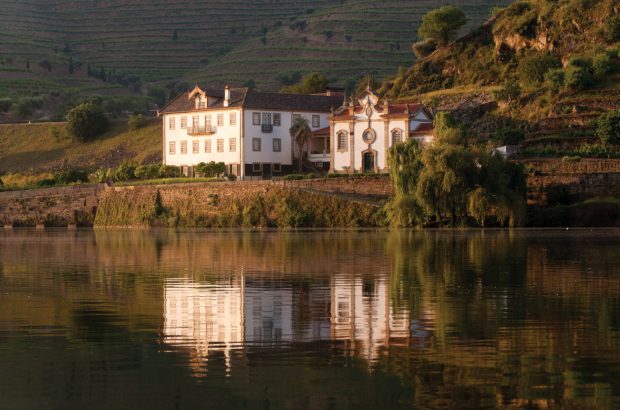
Discover this historic Douro Valley estate...
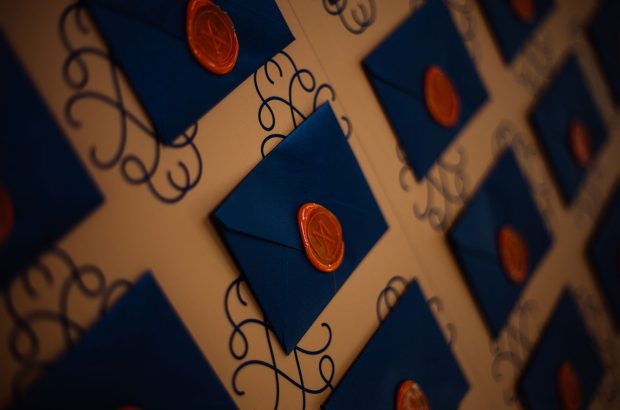
The Symington family's exclusive new wine club has offered 100 UK memberships...

Learn about Port with top bottles to try

We pick 12 to try...
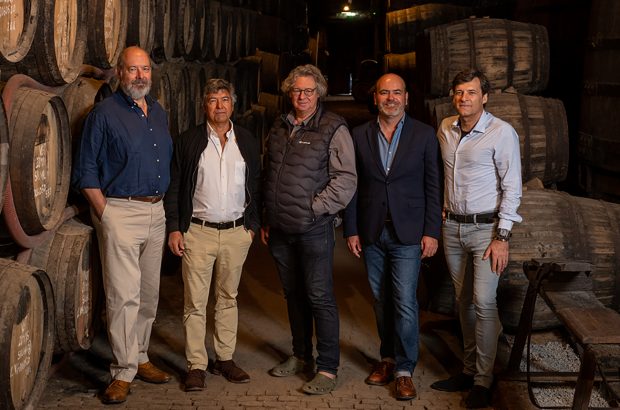
A celebration of an elite Douro premier crew...
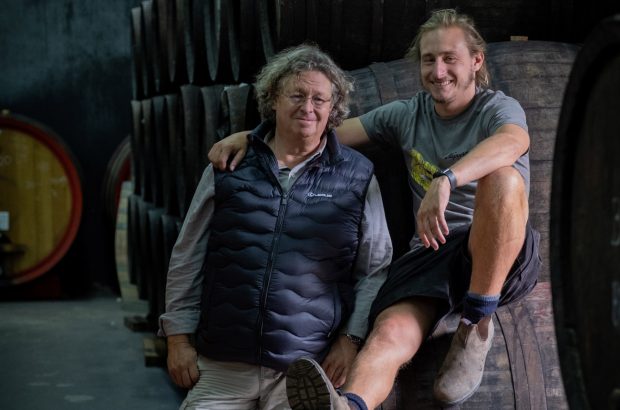
Learn more about this top Portuguese winery
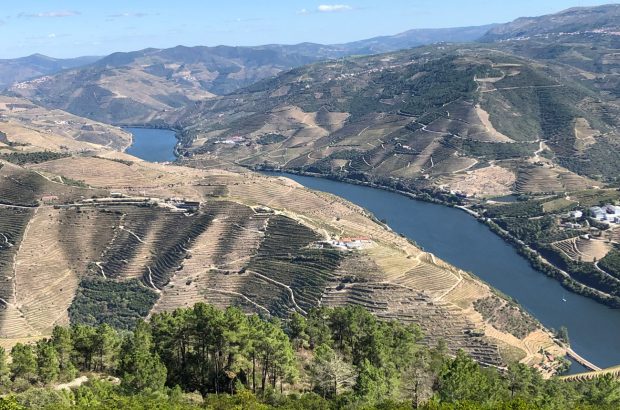
Vintage summaries and top wines

The results from a 24-wine panel tasting...
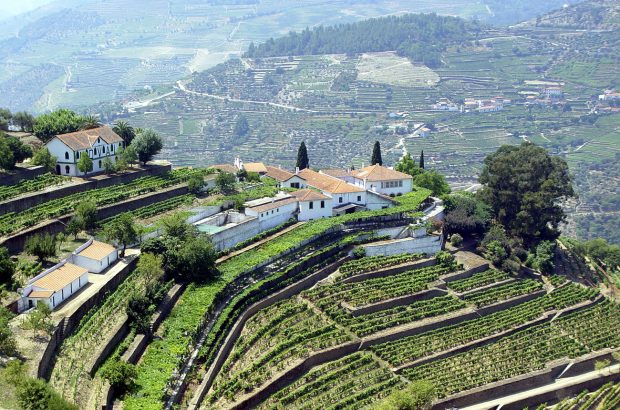
Tasting and rating wines from a recent vertical tasting of releases from 2010-2020...
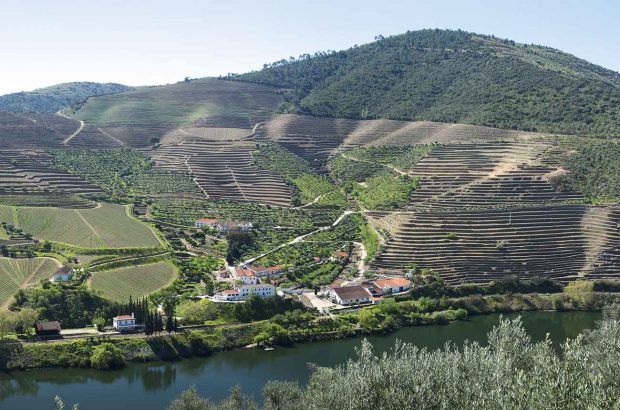
Discover how improvements in winemaking have led to the rise of single quinta vintage Ports...

Taylor’s and Quinta do Noval have both declared a 2020 vintage...

Discover this rare Port style
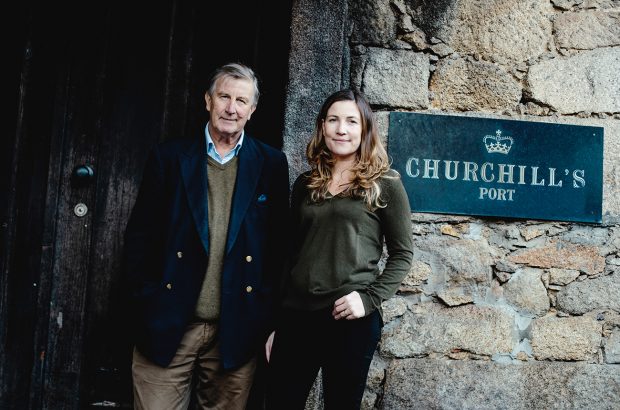
Zoe Graham entered her family business as sales and marketing director just before the pandemic broke out...
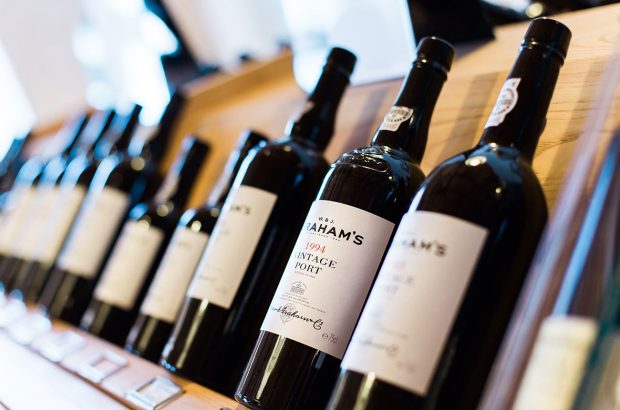
Port and Sherry lovers would be penalised, say trade leaders...
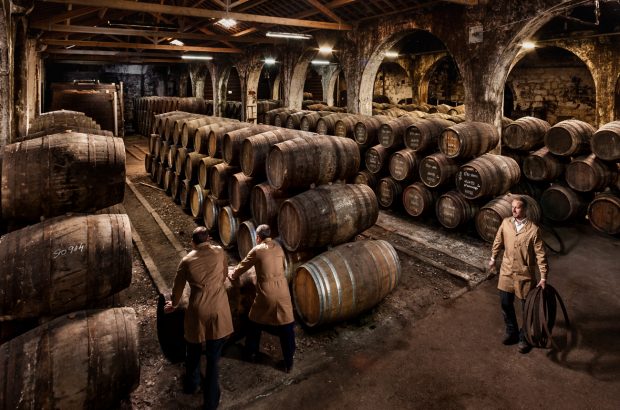
Discover the latest aged Port category

Top Ports to see you through the end of the year and into next...
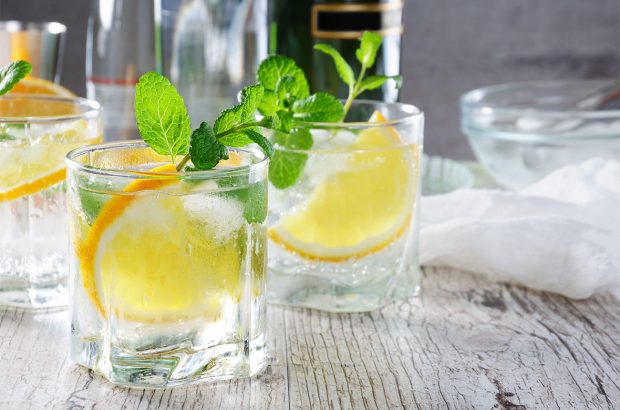
White Port and tonic anyone?...
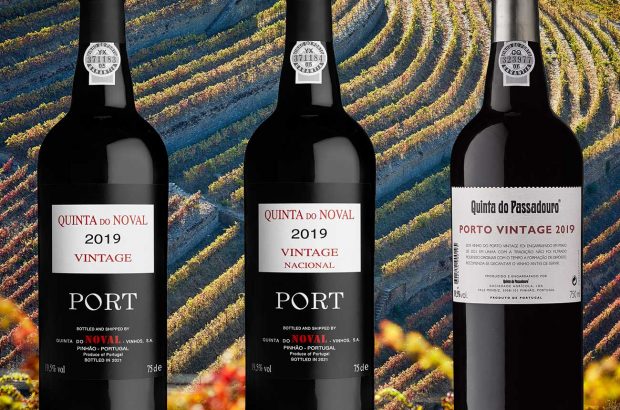
Quinta do Noval declares highly prized 'Nacional' in 2019 vintage...
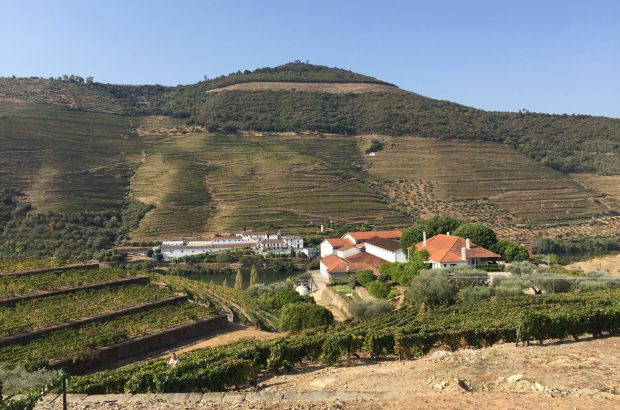
How do the 2018 Ports stack up against the highly rated 2015, 2016 and 2017 vintages?

Credited with playing an instrumental role in reviving the Port wine industry in the second half of the 20th century.
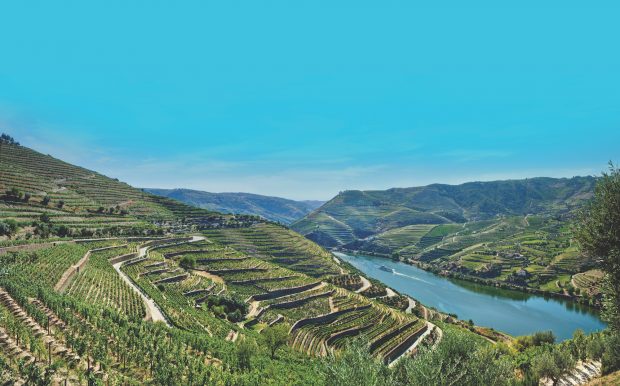

Kopke hosts a vertical tasting with Ports from 2003, 1980, 19690 and 1940
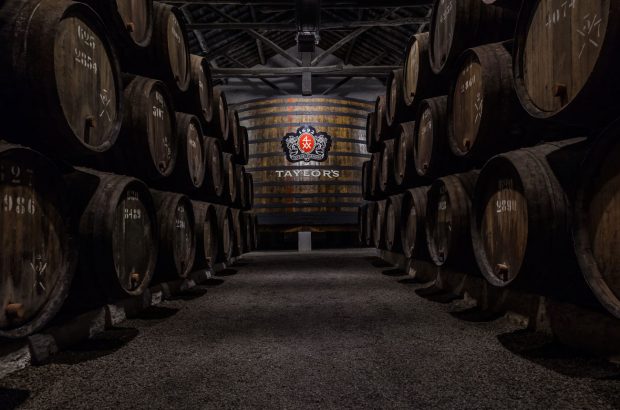
The release of a limited-edition 50-year-old Port...
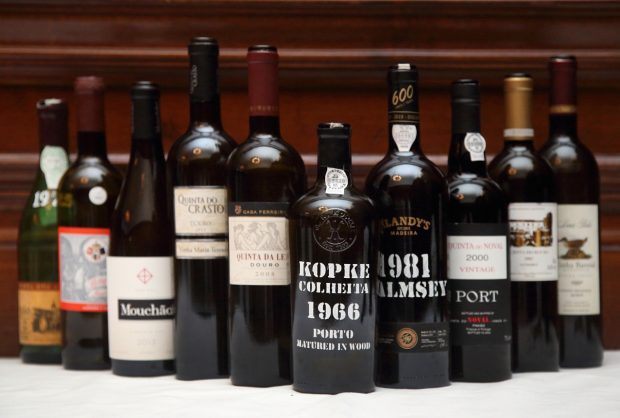
10 charismatic ‘works of time’ wines...

Great value Port recommendations...
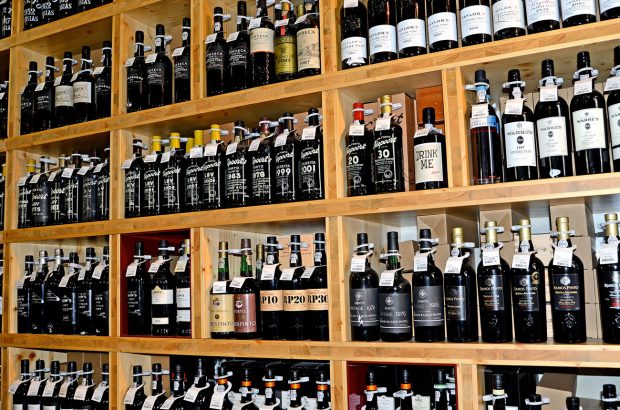
Richard Mayson picks his top Ports for drinking now...
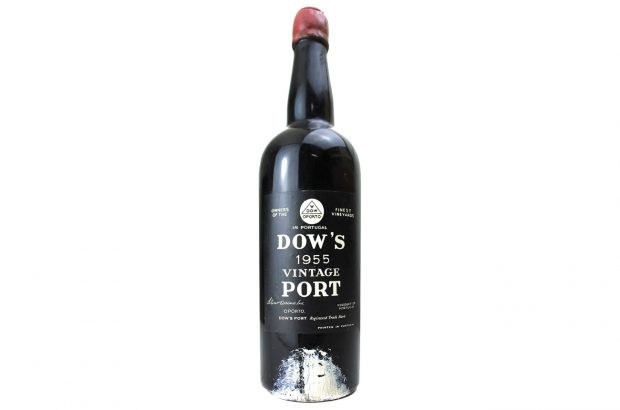
Standing out for its elegance as well as richness...
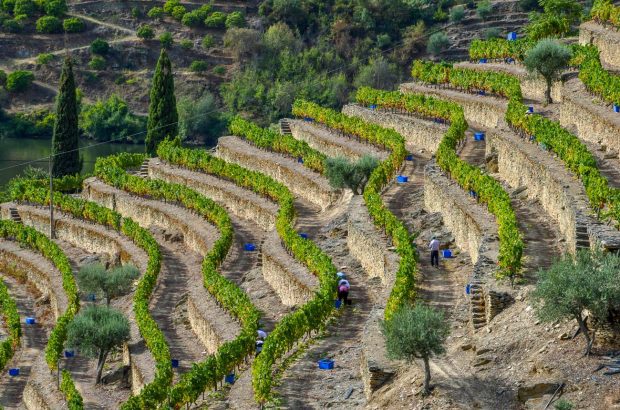
Over 25 recommendations to buy from this top vintage...
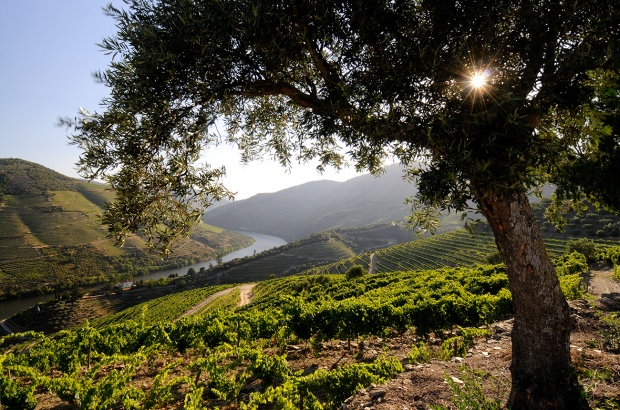
In a rare case of consecutive vintages...